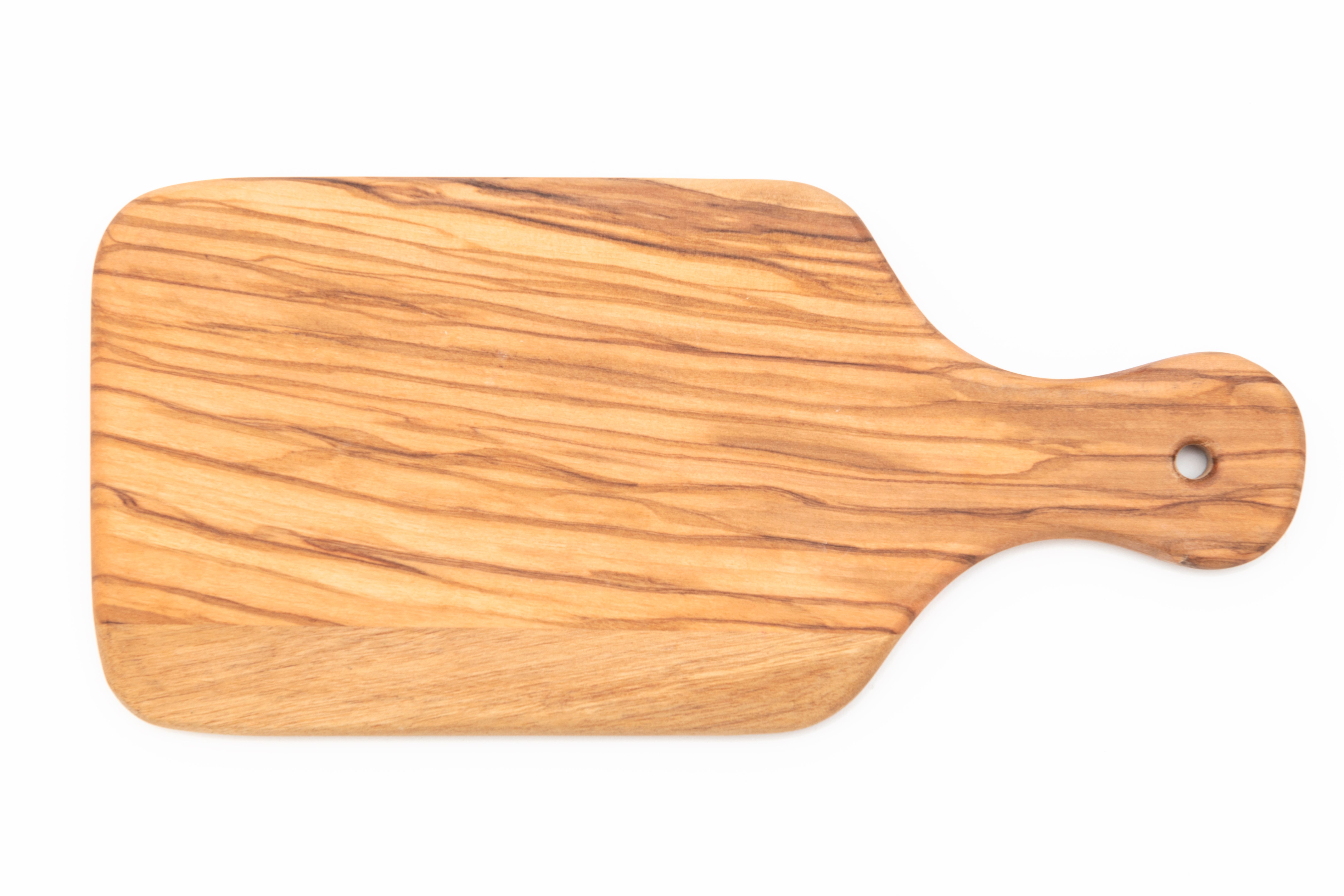Choosing the Right Cutting Board for Fish Preparation
Understanding the Importance of a Cutting Board
When it comes to preparing fish, having the right cutting board is crucial for both hygiene and ease of use. A dedicated cutting board will help you maintain cleanliness and ensure that your fish is prepared with precision. The right board can make the difference between a smooth filleting process and a frustrating one.
Not only do cutting boards serve as a stable surface for slicing, but they also protect your countertops from scratches and potential contamination. Choosing the right one involves considering material, size, and maintenance requirements.

Choosing the Right Material
One of the first decisions you'll need to make is selecting the right material for your cutting board. Common options include wood, plastic, and bamboo. Each material has its advantages and disadvantages when it comes to fish preparation.
Wood Cutting Boards
Wooden cutting boards are popular due to their durability and natural antimicrobial properties. However, they can be more challenging to clean and maintain compared to other materials. It's important to select a hardwood option, such as maple or walnut, to avoid deep grooves where bacteria can thrive.

Plastic Cutting Boards
Plastic cutting boards are often favored for their affordability and ease of cleaning. They can be placed in the dishwasher, making them convenient for frequent use. However, they may develop scratches over time, which can harbor bacteria if not replaced regularly.
Size and Thickness Considerations
The size and thickness of your cutting board are equally important. When preparing fish, you want enough space to maneuver your knife comfortably without the fish hanging over the edges. Consider boards that are at least 15 inches long and 10 inches wide for optimal space.
Thickness also matters; a thicker board provides stability and reduces the chance of slipping. Look for boards that are at least 1 inch thick for a solid working surface.
Maintenance Tips for Longevity
Proper maintenance is key to extending the life of your cutting board. For wooden boards, regularly oiling them with food-grade mineral oil helps maintain their condition and prevents cracking. Always wash boards immediately after use with hot, soapy water and allow them to air dry completely.
Sanitation Practices
To prevent cross-contamination, consider having a separate cutting board exclusively for fish. This practice helps minimize the risk of transferring bacteria or odors to other foods. Additionally, sanitize your board by using a mixture of vinegar and water or a mild bleach solution periodically.
By carefully selecting the right cutting board and maintaining it properly, you'll ensure that your fish preparation is both safe and efficient, leading to better culinary results.
Commercial Kitchen Marketplace
Your one-stop online destination for equipping professional kitchens. Discover a wide selection of durable, high-quality commercial-grade appliances, from heavy-duty ovens and refrigeration units to efficient food preparation tools and essential kitchenware. Visit our store: http://avice.org
